Situatie
Launched at Mobile World Congress 2018, this laptop is mostly a consumer product that can also serve a slice of the business market.
Configuration options
The Matebook X Pro comes with two main CPU+GPU configurations. The most powerful is our test unit described above.
If you don’t need that much computing capabilities, the Core i5 8250U, 8GB, 256GB SSD and Intel’s UHD Graphics 620 is the other option. We will comment on these in the performance section.
Industrial design
With 304 x 217 x 14.6 mm dimensions and a weight of 1330g (2.93 lbs.), the Matebook X Pro is a thin & light laptop. In its category, its size is very compact even within this category, and its weight is quite common, in this category of computers.
The chassis is mainly made of Aluminum. Aluminum is often liked for the robust and metallic feel it provides. The metal can be hard to work with, but its price is less than Magnesium or Carbon composites, that is why it is an excellent choice for classy, high-volume products. Aluminum is relatively easy to scratch, especially when exposed raw, without any protective layer.
We find it to be a beautiful laptop that can easily compete with the Macbook Pro, but more importantly, there are many unbiased ways to show how excellent the design work is. The chassis has a lot of slightly rounded surface that provide a softness when you hold it. The flat surfaces as carved and polished with high-precision and that contributes to the “Premium look” of this computer.
Durability
The aluminum unibody design makes the Huawei Matebook X Pro very rigid, and it doesn’t bend or feel flimsy – on the contrary. If I was to drop it, I would mainly worry about the two upper corners of the screen, because the 5 mm bezel is so thin, and so is the display back cover.
You can open the link to see all the details, but this standard is a series of test used to make sure military gears can survive some shocks and vibrations. Most computers don’t have this certification, but some do, including ultrathins.
This laptop chassis is closed, and the user should not try opening it. Only certified technicians should attempt to do so.
Keyboard and trackpad
The trackpad and keyboard are used every time, all the time, so input is an essential thing to consider when selecting a laptop.
This keyboard has keys that are 277.2 mm² (~0.43 sq in), which is considered to be very large, but the spacing between keys is a little smaller than competitors to keep the overall keyboard width within a standard form-factor. The key-travel is 1.2 mm, and that is slightly shorter than others (1.8 mm is often the maximum), but well within the norm for laptops, since 1.3 mm is very common.
The keys are flat and seem to have an anti-grease treatment. Certain laptops have slightly curved keys (towards the bottom), while others stick to a classic flat design. The key size, key layout, and key shapes are crucial factors in making the keyboard more or less comfortable. Most of it is a matter of personal preferences, so it is important to try, if possible at all.
This key are also backlit with a monochrome light (only 1 level of brightness), which is very handy at night, in bed (you should not) or in the plane. The back light is turning itself off on a regular basis to save battery life, which is a good thing, but I’d love it if we could force it to stay on, or if it just stayed on when connected to power.
The Matebook X Pro keyboard is spill-proof, so it can withstand a mug of water or coffee being spilled onto it by accident. This can be a lifesaver, especially for frequent travelers who do not always enjoy a comfortable work area.
The trackpad surface material is Glass, which is usually found in high-end laptop trackpads that emphasize comfort over durability (plastic won’t crack). Glass feels extremely smooth and allows extensive use of the trackpad without the fingertips being negatively affected.
With a surface of ~13.21 Square-inches, the trackpad is enormous. When compared to the competition, this size is 25%-30% larger than many competitors we looked at.
Like any other touch-interface, the size of the trackpad in relation to the gestures matters. On laptops, most people use scroll and pinch & zoom motions. More advanced usage requires up to four fingers, and circular gestures tend to be more comfortable with a larger surface.
Ports
- 1x 3.5mm audio
- 1x USB Type C, 3.1 Gen1
- 1x USB Type C, Thunderbolt 3
- 1x USB Type A, 3.0
The port selection on this computer is very decent and is comfortable enough – if you don’t regularly need Ethernet (RJ45) or a non-USB-C video connection (projectors, VGA/DVI/HDMI monitor).
Obviously, you could use an adaptor for any of these, but the first complaint that dongle users have is that sooner or later, they will forget or lose it. With Thunderbolt 3 (TB3) support, you may also consider buying a TB3 dock with a bunch of ports, including power, so you only connect ONE cable to the computer.
Speakers
Designed to be a very strong multimedia computer, the Huawei Matebook X Pro comes with four speakers. Two are located on either sides of the keyboard behind the classy speaker grills for maximum sound power. Two more are located on the front-sides also behind grills.
Display
The Matebook X Pro’s display features a 14-inch (13.9”) almost bezel-less design that catches the eye right away. With 5mm bezels at the top, left and right, Huawei can claim a 91% ratio, a term that is usually employed for smartphones.
This laptop comes only with one, very potent, display option. The 3000×2000 resolution is very high in absolute terms and compared to the competition it would be much sharper than any 1080p opponent, but a bit less so than 4K displays.
3000×2000 is interesting in a couple of ways. First, it provides an excellent ~300 PPI sharpness level, which is like the iPhone’s original “Retina” display. Secondly, the 3:2 aspect ratio is better for productivity work than a 16:9 monitor. It’s because we usually tend to need more vertical screen space when working with documents. You can think about how much you use the laptop for videos (16:9 is best) and how much for work (3:2 is est).
The display specifications say “450” NITs, but we actually measured the brightness at 600 NITs which is exceptionally bright for a laptop monitor. Most competitors cap at 300-350 NITs. In general, a brighter display is needed to see the screen content on a sunny day (or bright environment). Higher brightness is responsible for better image quality in widespread situations.
The screen has a glossy finish which tends to make colors “pop” more, and text to look slightly sharper than on matte-finish displays. However glossy is also more reflective, but that should be compensated by the extraordinary screen brightness.

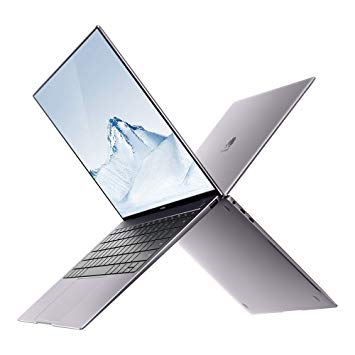
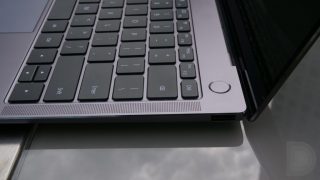
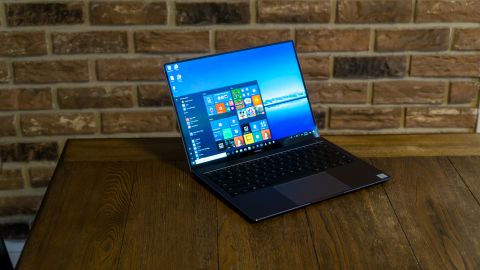
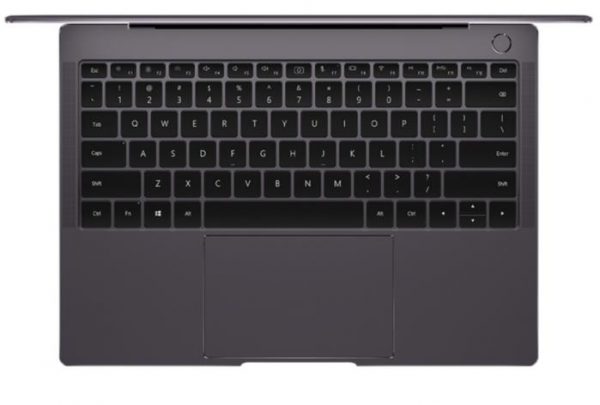
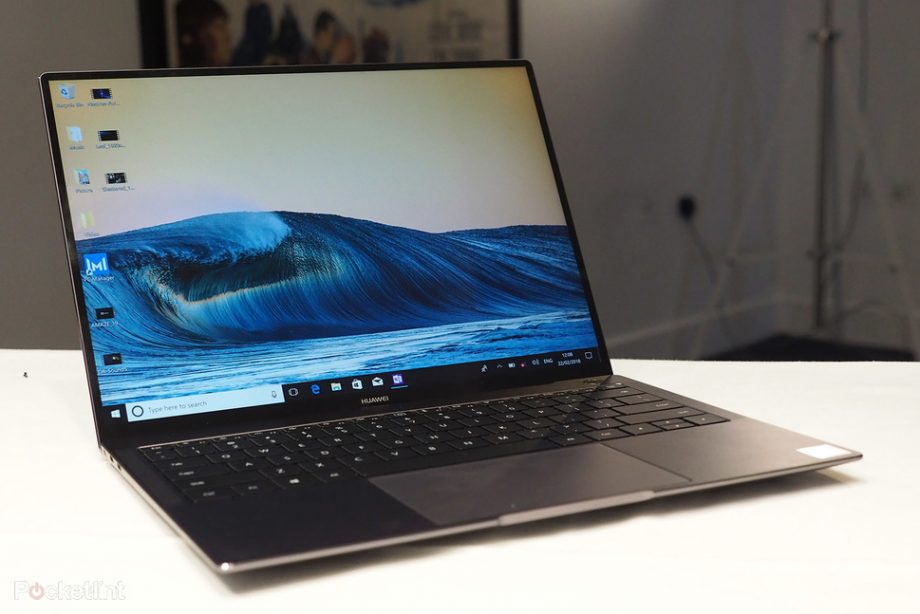
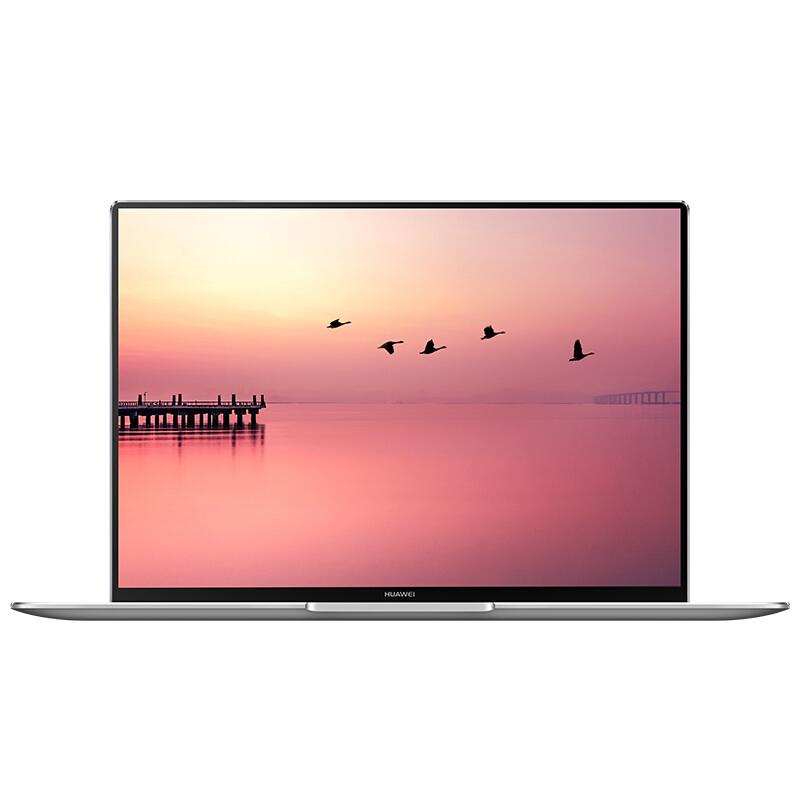
Leave A Comment?